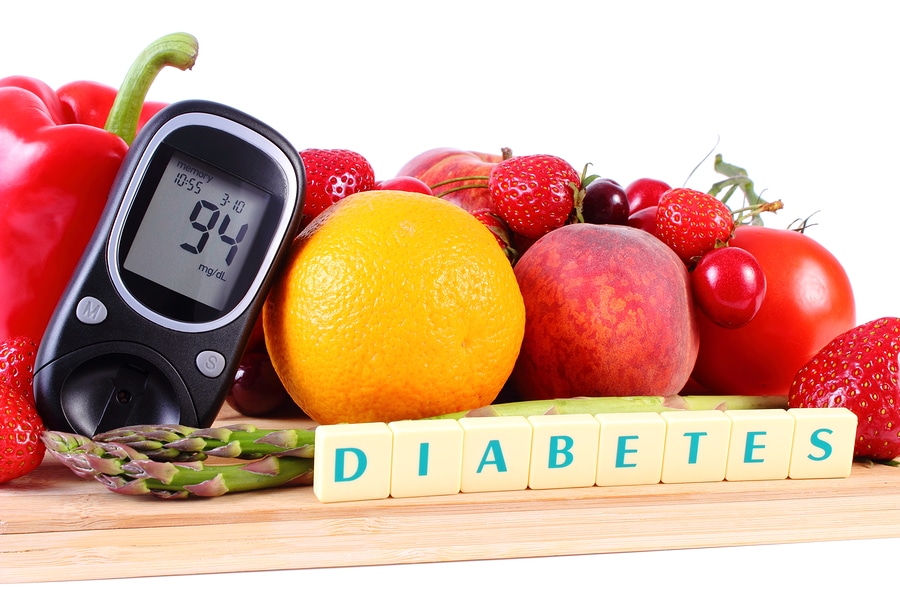Common Skin Complications with Diabetes

Older adults with diabetes can get the same skin conditions that anyone else can. However, having diabetes can make them more susceptible to certain kinds of skin problems. Knowing the kinds of skin complications that can occur and how to recognize them can help your aging relative to get the medical care they need. Below are some common skin complications that people with diabetes may get.
Bacterial Infections
People with diabetes may get bacterial infections like:
- Infections in glands on the eyelids. These infections are called styes.
- Boils.
- Infections in hair follicles.
- Infections deep in the skin and underneath, called carbuncles.
- Infections around fingernails and toenails.
When a person has a bacterial infection in their skin, the tissues usually swell and may feel warm to the touch. The infection can be painful. If you notice symptoms of a bacterial infection, take the older adult to the doctor as soon as possible. They will need antibiotics and may need to make some changes to their diabetes medications.
Itchy Skin
Several things can make skin itchy in seniors with diabetes, like yeast, bad circulation, and dry skin. Poor circulation usually makes the skin on the lower legs itchier than other areas. Bathing in warm water instead of hot can help. So, can using moisturizers and mild soaps.
Fungal Infections
Fungal infections can be caused by many different organisms, but the most common one to affect people with diabetes is Candida albicans. It’s a fungus that resembles yeast. It causes red patches that are moist, blistered, and scaly. The infections happen in folds where skin is warm and damp. Areas the infection may occur are under the breasts, around nails, in the armpits, between fingers and toes, and around the mouth.
Diabetic Blisters
Diabetes can cause blisters to form on the skin that resemble those caused by burns. They typically happen on the forearms, toes, feet, legs, hands, and fingers. Blisters are most common in people with severe diabetes or who have diabetic neuropathy. They are usually painless and can be treated by controlling blood sugar.
Home care can help to manage diabetes in your older family member as well as the skin complications that may occur. Home care providers can remind them to take medications that control diabetes and skin problems. A home care provider can also cook healthy meals and encourage the senior to be more physically active, which can improve their overall health. Finally, home care providers can offer the emotional support they need to live with a chronic condition.
If you or an aging loved one are considering Home Care in Liberty Lake, WA, please contact the friendly staff at Love at Home Senior Care, today. Call (509) 204-4088.
Sources
https://www.diabetes.org/living-with-diabetes/complications/skin-complications.html?loc=lwd-slabnav
https://my.clevelandclinic.org/health/articles/12176-diabetes-skin-conditions
https://www.webmd.com/diabetes/skin-problems
- Are You in Good Hands? 5 Key Qualities That the Best Caregivers Should Have - December 3, 2019
- Emergency Preparedness: A Checklist for Older Adults and Seniors - November 29, 2019
- 6 Fun Fall Activities That Seniors and Caregivers Will Love - November 27, 2019
